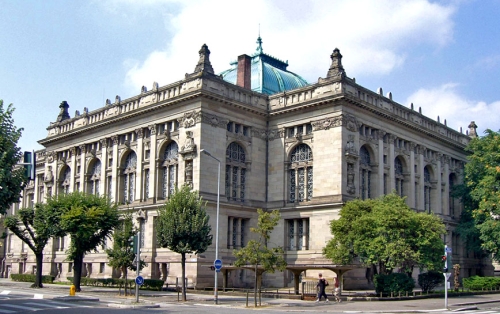A Treasure on the Pages of History

The National Library of France is one of the oldest and richest book repositories in the world. Its origins date back to the personal libraries of French kings. Throughout history, it has been known by various names: “The King’s Library,” “The Royal Library,” “The Imperial Library,” and today, “The National Library.”
The first manuscript collection appeared during the reign of Pepin the Short. Later, Charlemagne established a small library for himself, but after his death, it disbanded. Louis XI then created a large library again and bequeathed it to religious communities. The official founder of the library is considered to be Charles V the Wise (14th century), who made the library accessible not only to himself but also to scholars. In 1367–1368, the library was moved to the Falcon Tower of the Louvre Palace. In 1373, the first catalog of books was compiled, though only a small portion of the 1,200 manuscripts from that time have survived to the present day.
Louis XII moved the library to the city of Blois and added new collections. His work was continued by Francis I, who sent scholars abroad to buy and copy books. In 1523, the library was moved to the Fontainebleau Palace. In 1537, it became mandatory to keep one copy of every book published in France. In 1539, the library was opened to the public. Under Henry II, the regulation was expanded—two copies of every publication were required. During the reign of Charles IX, the number of books reached 3,560, and the library was relocated from Fontainebleau to Paris.
Later, the library continued to grow and became one of the world’s richest book collections. In 1988, its main collection was moved to a new building in the 13th arrondissement of Paris.


























